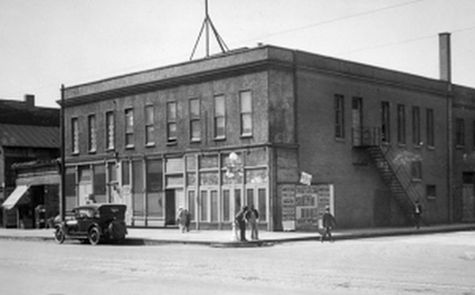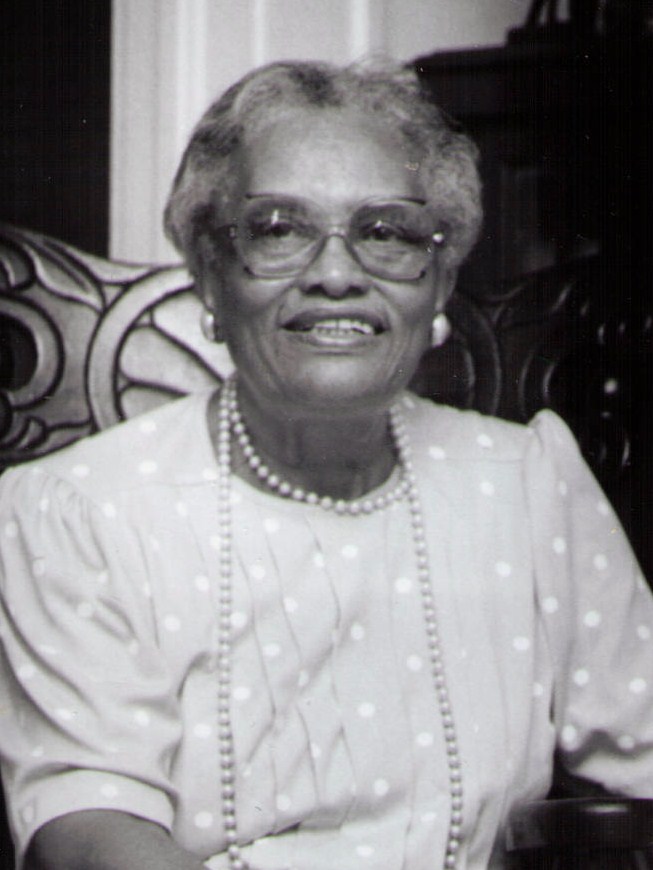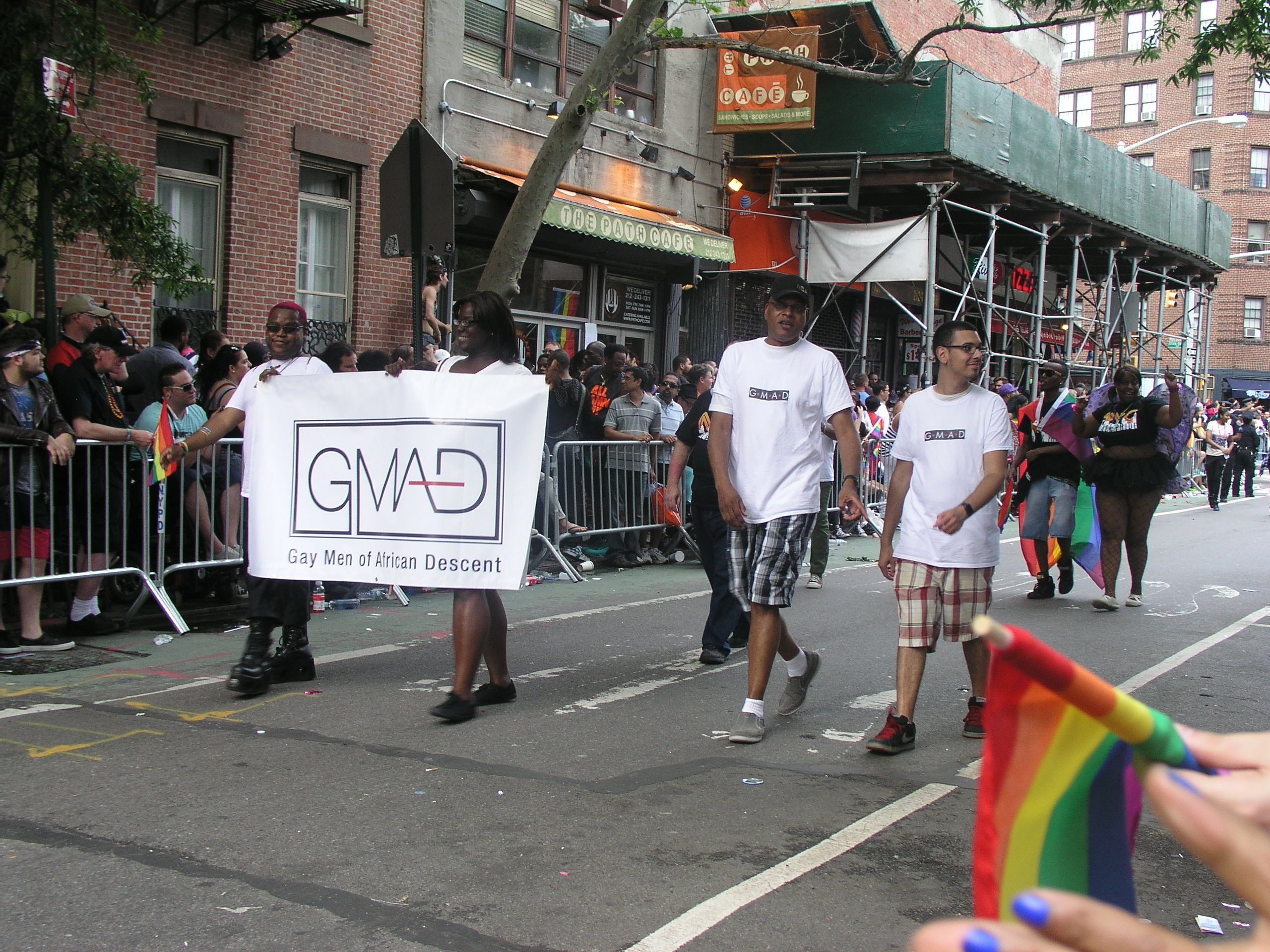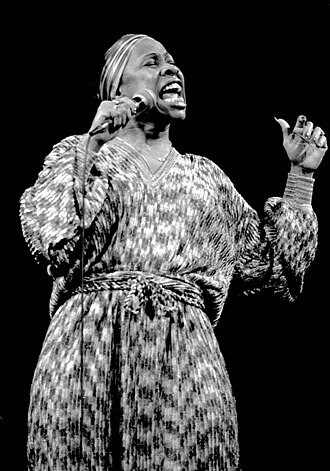The Pekin Theater in Chicago, Illinois, was the first theater in the city, and one of the first in the nation, to feature black performers. Iowa native Robert T. Motts, a professional gambler, turned his hotel/gambling saloon into the Pekin Theater. The theater was located at 27th and State Street on Chicago’s Near South Side. The Pekin, often called the “Temple of Music,” opened the first all-black show ever produced in Chicago on June 18, 1905 to an estimated crowd of 400 patrons.
Founded during a time when all existing theaters were white-owned and managed, the Pekin had to overcome skeptics who questioned black management capabilities and who expected black theatrical performances to be confined to minstrelsy. According to Motts, the Pekin was in response to the 1901 call of black businessmen for the creation of “a colored theater in Chicago, controlled by colored people, and catering only to colored patronage.”
At first the theater was modeled as a cabaret but underwent a major transformation in early 1906. The New Pekin emerging as a first class bijou theater. With the creation of the Pekin Stock Company shortly thereafter, it also turned from evenings of vaudeville acts to full-length musical comedies. To celebrate the transformation the theater put on a performance of The Man from Bam which starred actor Sherman H. Dudley. Over its brief history the Theater showcased the talents of J. Ed Green as director and playwright, musicians Will Marion Cook and Joe Jordan, and actors Harrison Stewart, Jerry Wills, Lawrence Chanault, and Abbie Mitchell. Despite its success in recruiting and developing black theatrical talent, critics complained that the Pekin changed shows too frequently and charged excessive fees for admission.
In 1908 Motts, capitalizing on the success of the Pekin, opened a North Side Company at the Columbia Theater in order to capitalize on Chicago’s growing population and attract white audiences. Soon afterwards unfavorable reports began to circulate in the press about North Side whites’ unhappiness with the new theater. Motts lost money which in turn affected the financial viability of the Pekin.
The Columbia Theater debacle marked the beginning of the Pekin’s demise. By 1911 the Pekin Theater closed six years after it opened because it could not compete with the vaudeville and motion picture theaters opening all around Chicago. The Pekin Theater was the first significant attempt to create a legitimate black theater in Chicago. It provided African American theater artists a space to hone their theatrical skills and develop the emerging black theatrical tradition.




















